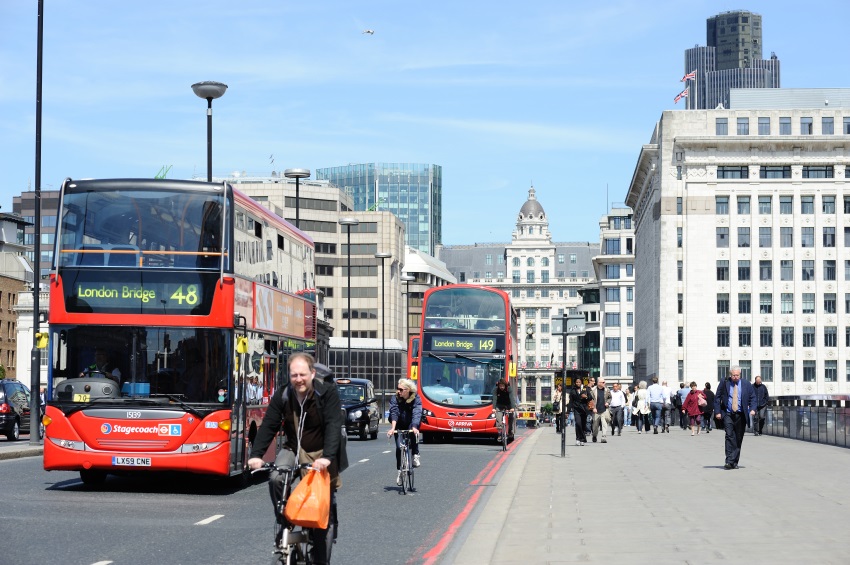You’re probably wondering what exactly Operation Safeway was all about and what relevance does it have to road traffic?
As it happens Operation Safeway, which was concluded on 10th January 2014 and has a great deal of relevance to urban road safety, drivers’ habits and indeed the conduct of cyclists.
Operation Safeway was the Metropolitan Police’s response to an alarming and widely reported increase in cycling deaths on the streets of the capital
It involved flooding the streets of London with 2,500 police officers at road junctions and at many other locations on the capital’s streets and needless to say thousands of road traffic offences were detected as a direct consequence affecting drivers and cyclists alike. The statistics published for this aptly-named operation include figures for Fixed Penalty Notices [FPNs] issued against both drivers and cyclists.
The figures, while perhaps predictable enough, are worth reviewing:
- Contravening traffic signals (red lights): 1,113 FPNs/reports for summons
- Using a mobile phone while driving: 2,597 FPNs/reports for summons
- Failing to wear a seatbelt: 2,484 FPNs/reports for summons
- Driving without due care and attention: 93 FPNs/reports for summons
- Other matters (e.g. driving without insurance, defective vehicles, bald tyres and so on) = 3,853 FPNs/reports for summons
10,140 drivers received FPNs or reports for summons
Cyclists were also monitored carefully and 4,269 individuals were the subject of FPNs or reports for summons of which the two most prevalent offences were using a pedal cycle at night without lights and contravening traffic signals.
An urban area like London is inevitably going to see a concentration of certain types of offence and the wide use of mobile phones whilst driving is perhaps no great surprise although there can be no excuse for it. However the numbers of drivers not bothering to buckle up is depressing some 31 years after it became compulsory for drivers and front seat passengers to wear seat belts.
The seriousness of this is reflected in a maximum fine of £500 for the failure to wear a belt and of course the law has been considerably extended since 1983
Traffic signal offences were also prevalent in the figures and again in the capital with its huge number of junctions this is unsurprising but it is also worth observing that contravention of traffic signals – disobeying a red light – is the third most common road traffic offence in this country according to one leading online insurance broker.
TS10, the code for this offence, carries 3 points and discretionary disqualification plus the standard victim surcharge at a court hearing, as well as the considerable likelihood of increased insurance premiums
As Operation Safeway progressed and as the weeks passed the need to issue FPNs declined noticeably as attitudes changed, London’s roads became somewhat safer, and that must be the positive side of this story.
Newnham & Jordan can advise you on all road traffic legal matters including potential insurance offences.
Call us now on 0845 680 7871
This article is intended for general information purposes only and shall not be deemed to be, or constitute legal advice. Newnham & Jordan Solicitors cannot accept responsibility for any loss as a result of acts or omissions taken in respect of this article or any external articles it may refer or link to.

